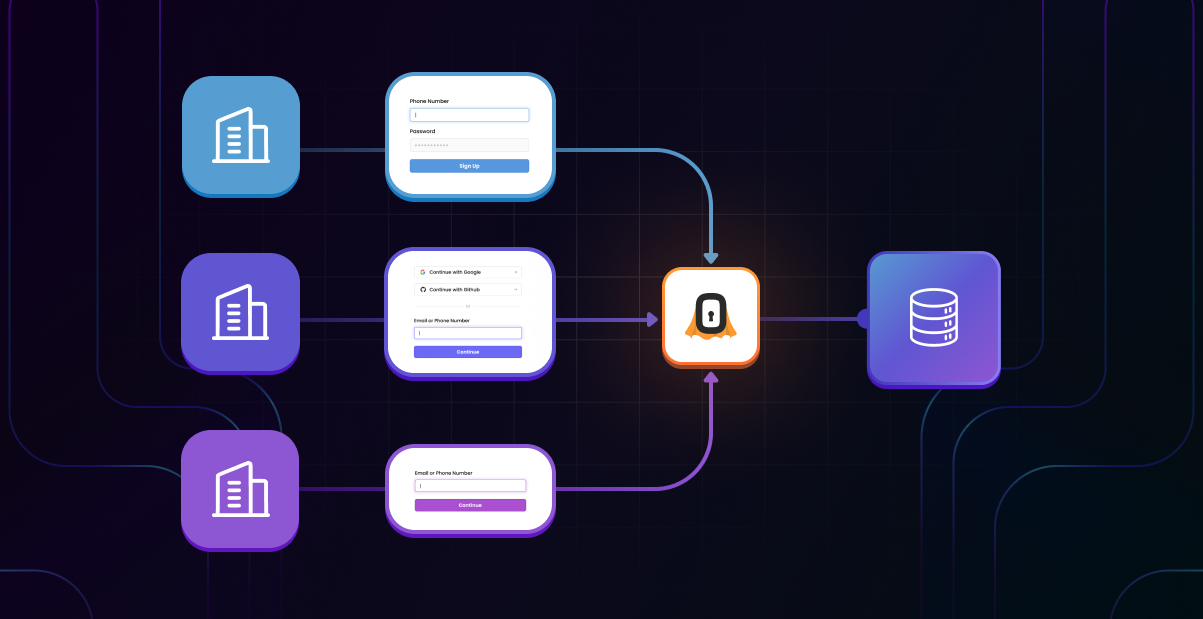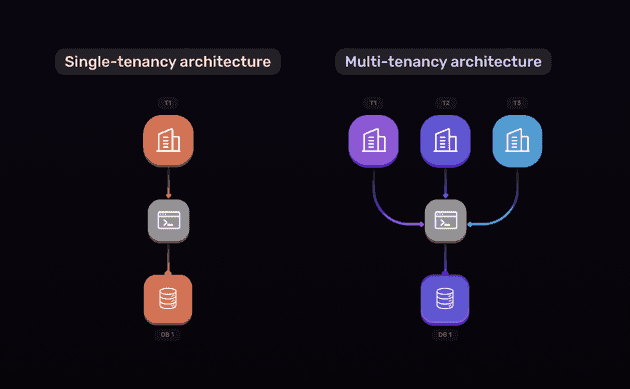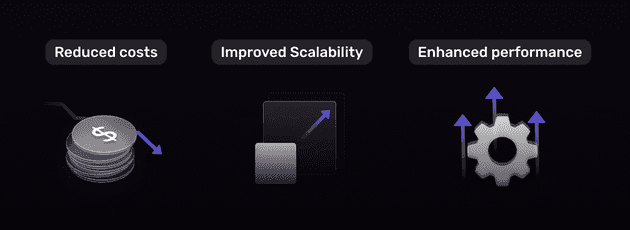Introduction
Multi-tenancy refers to a scenario where a single instance of a software application serves multiple tenants (customers or users from different organizations). Each tenant operates in a self-contained environment with its own set of data, configurations, and user management, unaware of other tenants sharing the same infrastructure. Multi-tenancy enables large organizations to manage the data of their numerous customers securely and efficiently. Imagine a large apartment complex where each apartment unit represents a separate company. Though housed under the same roof, each apartment has its own set of keys, its own set of rules, and its own living space.
Similarly, in the digital realm, multi-tenancy allows different groups or companies to use the same software application while retaining their own data and rules. Each of these groups is referred to as a ‘tenant.’ The beauty of multi-tenancy lies in its ability to ensure data privacy, security, and a tailored experience for each tenant while efficiently sharing the underlying software infrastructure and resources. It’s like having your own personalized space in a large, shared structure, blending the best of both worlds!
Single-tenancy Vs. Multi-tenancy
In a single-tenancy architecture, each customer has their own independent instance of the software application and the accompanying database. Each instance is isolated from others, providing a high level of data security and customization.

In contrast, a multi-tenancy architecture hosts a single instance of the software application that serves multiple customers (tenants). All tenants share the same underlying infrastructure and application instance, but their data is securely isolated from each other within the same database.
The image above presents a visual comparison between single-tenancy and multi-tenancy architectures. In the single-tenancy architecture, we see that each tenant has an exclusive setup. Here, ‘Tenant 1’ is assigned ‘Instance 1’, which operates on its own dedicated database ‘DB 1’. This setup is typical of single-tenancy, where each client’s data and application instance are separate, providing a high level of security and the ability for deep customization.
Why Is Multi-tenancy Useful?
So the question arises, why exactly do enterprises and SaaS-based companies gain from implementing the multi-tenancy feature?
Cost Efficiency
Shared infrastructure significantly drives down operational and maintenance expenses. SuperTokens achieved a 50% reduction in AWS infrastructure costs by migrating to a multi-tenant SaaS architecture.
Provides Better Scalability
Centralizing the management of resources, allows companies to easily support an expanding customer base. The architecture’s design means that scaling doesn’t entail a proportional increase in costs, as their infrastructure is shared across multiple tenants.
For SuperTokens, the switch to a multi-tenant sped up the provisioning of infrastructure by 94%, making the creation of new users or applications remarkably faster and more efficient.
Better Operational Efficiency
Multi-tenancy simplifies the way we manage software systems. Instead of juggling multiple separate instances for different users or groups, it brings everything under one roof.

Moreover, upgrades and patches need to be made on an order of magnitude fewer instances since each instance is now shared amongst a much larger set of users. Updates are applied once to the shared instance, ensuring uniformity and reducing the number of instances that need maintenance. This not only makes things less complicated but also saves a lot of time. Imagine having one key that securely opens every door in a building, rather than a different key for each room.
Conclusion
Multi-tenancy streamlines how companies manage and scale their applications, offering both cost efficiency and operational simplicity. With shared infrastructure, updates and maintenance become streamlined, saving time and resources. This approach not only ensures secure, personalized experiences for each tenant but also significantly boosts overall efficiency. Ultimately, multi-tenancy offers a harmonious balance between customized user experiences and streamlined management, marking it as a cornerstone of modern, efficient software architecture.




